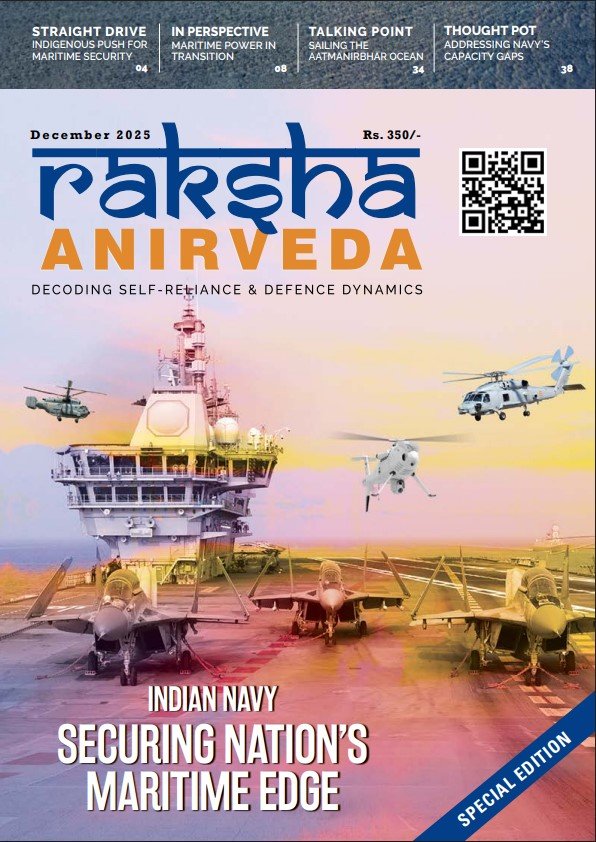New Delhi: India is poised to achieve a monumental breakthrough in strategic defence with the development of the K-6 hypersonic submarine-launched ballistic missile (SLBM), representing the most advanced weapon system in the nation’s arsenal. This cutting-edge missile, currently under development by the Defence Research and Development Organisation (DRDO) at the Advanced Naval Systems Laboratory in Hyderabad, embodies India’s ambitious vision of achieving elite-level nuclear deterrence capabilities.
The K-6 distinguishes itself as a hypersonic intercontinental ballistic missile capable of reaching extraordinary speeds of Mach 7.5, approximately 9,200 kilometres per hour during its terminal phase. This hypersonic velocity dramatically reduces enemy reaction time and renders conventional missile defence systems virtually ineffective against interception attempts. The missile’s exceptional speed, combined with its manoeuvrability during flight, creates an almost impenetrable offensive capability that can penetrate even the most sophisticated air defence networks.
With an operational range of approximately 8,000 kilometres, the K-6 missile significantly extends India’s strategic strike capabilities beyond any previous submarine-launched system. This extraordinary range allows Indian submarines operating from the Indian Ocean to target adversaries across vast geographical distances, covering nearly all of Asia and parts of Europe and Africa. The missile’s intercontinental reach ensures that India can maintain credible deterrence while keeping its nuclear submarines in relatively safe waters, far from potential threats.
The K-6’s range represents a quantum leap compared to its predecessors in the K-series family. While the K-4 missile operates at 3,500 kilometres and the K-5 extends to 5,000-6,000 kilometres, the K-6’s 8,000-kilometre capability places it in an entirely different strategic category. This extended range transforms India’s naval deterrence posture, allowing for comprehensive coverage of potential adversaries from secure oceanic positions.
The K-6 missile incorporates Multiple Independently Targetable Re-entry Vehicle (MIRV) technology, enabling a single missile to carry multiple warheads that can be directed to different targets simultaneously. This advanced capability dramatically enhances the missile’s lethality and strategic value, as it can engage multiple high-value targets or overwhelm missile defence systems through sheer numbers. The MIRV capability positions India alongside major nuclear powers like the United States, Russia, and China in possessing this sophisticated technology.




